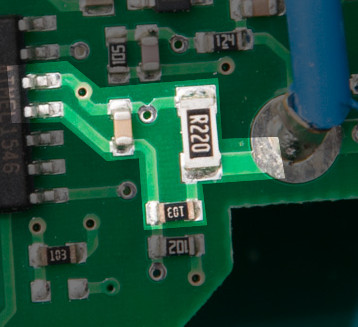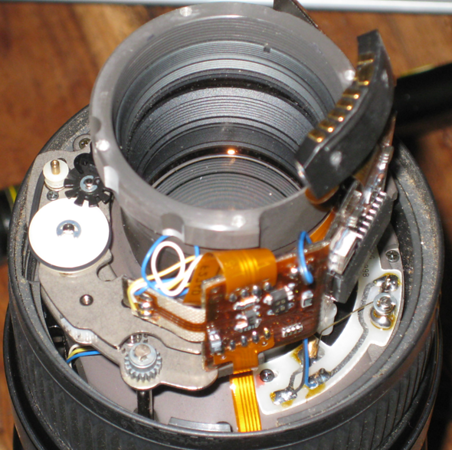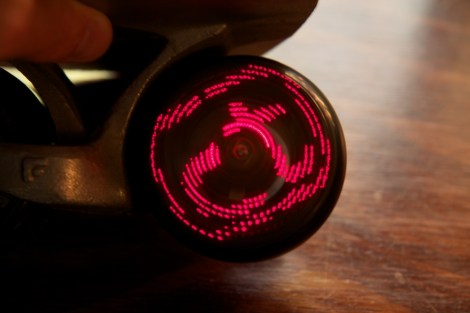[electrobob] got a Bosch GluePen cordless hot glue gun. The thing has some nice features — it heats up in fifteen seconds, and charges via USB, and is generally handy for those small and quick jobs that hot glue guns were made to perform. At first glance it seems like a huge improvement over the plug-in varieties, which seem to take forever to heat up when all you need is a quick dab of glue.
As cool as the product sounded, [bob] did what any right-minded hacker would do and opened it up to see how that sucker work and found an ATtiny24A inside. What’s most interesting is that there appears to be no temperature regulation or sensing capability, with the exception of the thermistor in the battery-charging circuit. It’s an intriguing mystery.

The ATtiny controls a power MOSFET that brings the heating element to “approximately 170 degrees” according to the manual. [bob] could find no temperature regulation of the hot end, which measures a steady 12 V at the gate of the transistor then entire time the glue gun is powered on.
That ATtiny24A that runs the whole thing packs 12 GPIO pins, 4 PWM channels, and 2 KB program memory. It appears a bit overpowered for a glue gun controller. [bob] found one of the Tiny’s pins connected the heating element and another to the charging circuit. Maybe a shutoff in case the battery catches fire?
Without a clear shot of the back of the board, it’s a bit of a guessing game, but eight of the twelve GPIO pins appear to be in use. Leave your theories in comments. And if you’ve got any bright ideas about what to do with the remaining four GPIO pins, have at it!
For another of [bob]’s tool hacks, check out his constant current sink we posted earlier this year.



















